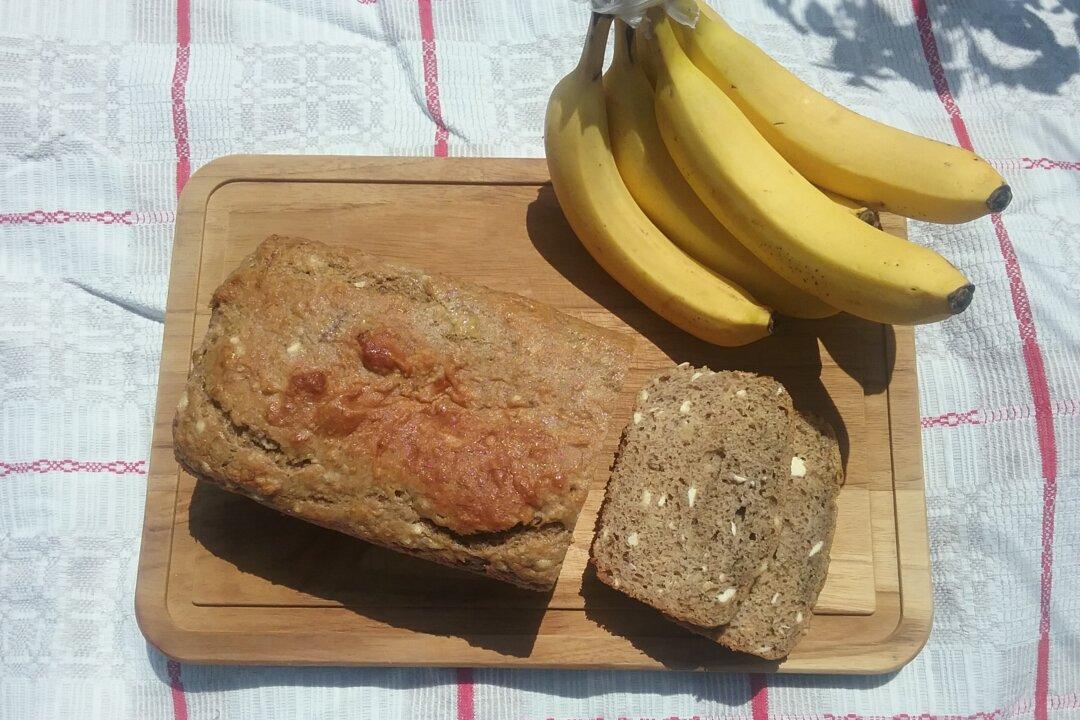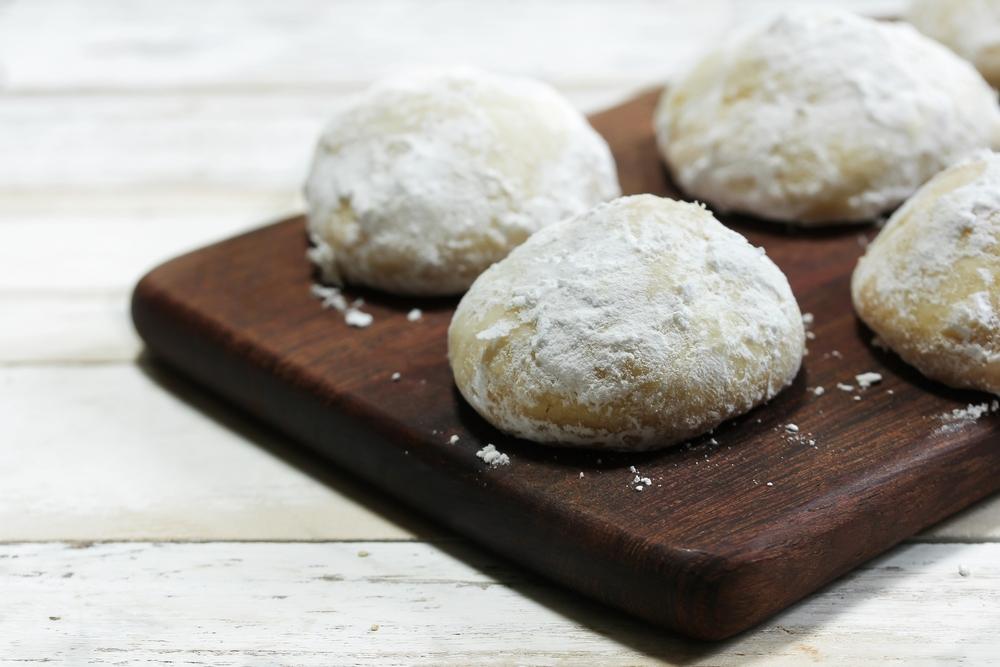Submitted by James L. Casale, Palm Beach Gardens, Florida
“Red gold” is a term I have always used to describe my father’s incomparable marinara sauce. He did most of the cooking in our household because my mother didn’t get home until 6:30 p.m. each night. She was usually exhausted from her 12-hour days commuting to New York City and working in the garment district as a seamstress. My dad was an insurance investigator with a flexible schedule. And he loved to cook and entertain.





